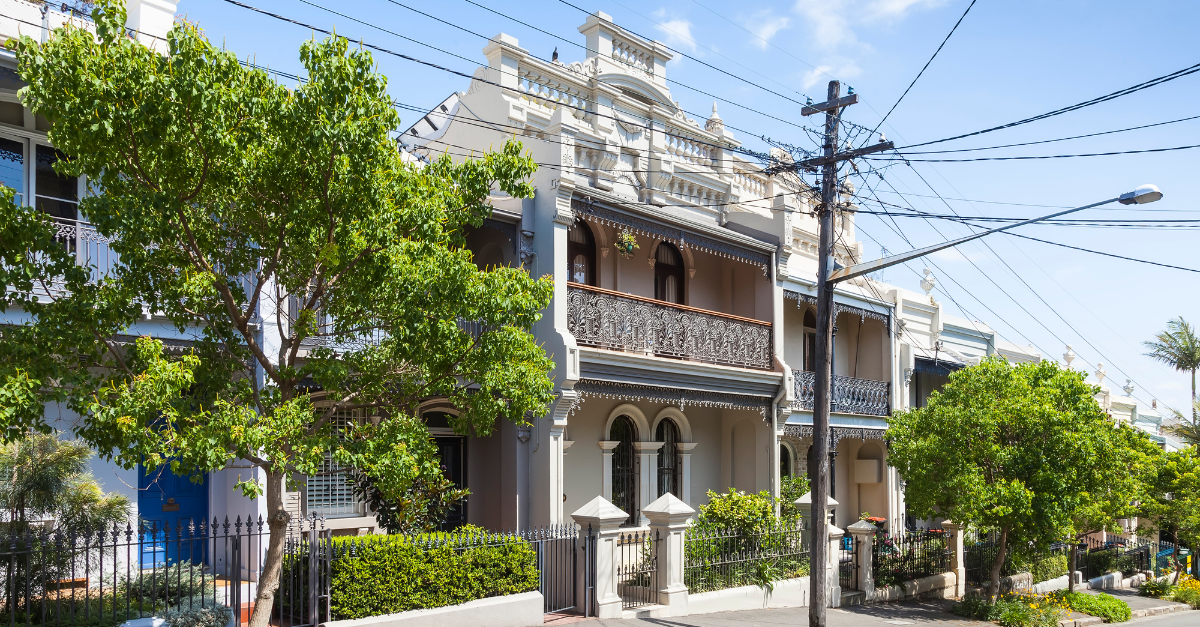Switching fixed rate into variable rates.

Refinancing?
is it the right
option for you?
Fixed-Rate Cliff:
Many homeowners in Australia are transitioning from two-year and three-year fixed-rate loans to higher variable rates.
The boom in fixed-rate borrowing during the pandemic led to a significant increase in fixed-rate loans, due to lower interest rates. However, some have opted for a high repayment rate to pay off the mortgage earlier.
A research paper by the Reserve Bank of Australia (RBA) shows that about 40% of outstanding home loans in early 2022 were fixed.
A significant number of these fixed-rate loans will expire in the coming years, leading to potential financial adjustments for borrowers.
2. Why refinance?
When a fixed rate ends, you need to refinance before it rolls over to a variable rate with higher interest rate.
Refinancing can be a strategy to secure a lower monthly mortgage repayment rate. Switching to a different type of loan can also allow you to consolidate your debts or pay down your mortgage in a way to fits your current financial circumstances.
3. Transitioning from Fixed to Variable Loans:
The outlook for 2023 is that Homeowners should start budgeting for higher interest rates. Consider contacting lenders to explore refinancing options for more suitable fixed or variable rates. Limit spending to improve the chances of qualifying for new loans.
Paying too much for a home loan?
See how we saved customers more than $6000 per year, just by reviewing their home loan.

Understand the ins-and-outs of construction loans and fund your renovations and building plans.
Buying a property with family or friends could be a solution to getting into the competitive housing market.
Here's a guide to get your home loan approved faster, get pre-approved before purchasing your dream home.






























